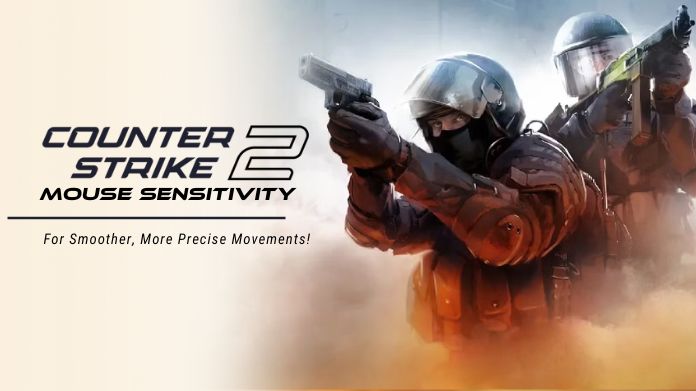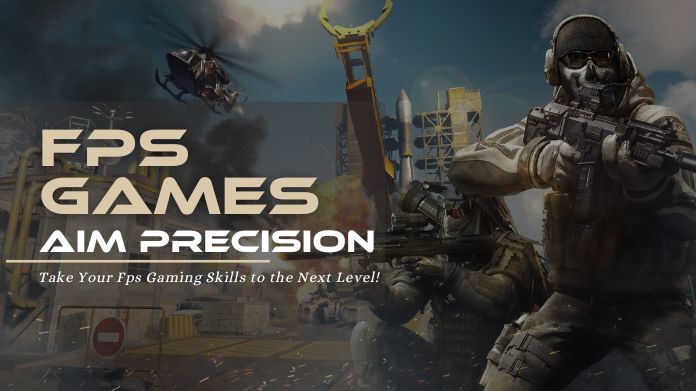Accuracy is important in playing Valorant Aim. Your mouse sensitivity is what differentiates clutches on a 1v1 from holding a bombsite.
Your crosshair placement will be accurate, your reaction time will be better, and your aim will just be more solidly good with proper settings.
You’ve most likely had trouble with your Valorant aim if it’s something that you’re struggling with. Adjusting your mouse sensitivity might just be what you’ve been searching for.
Here we’re going to be teaching you all you can about setting your mouse sensitivity, including how to set your optimal settings, errors that you should attempt not to make, and other tips on achieving a better aim.
Let’s get started!
Mouse Sensitivity in Valorant Aim
Valorant’s mouse sensitivity can be separated into two things:
- DPI (Dots Per Inch) – The hardware sensitivity of your mouse set through your mouse software.
- In-game Sensitivity – It is Valorant’s in-game sensitivity setting.
To determine eDPI, it is the below:
eDPI = DPI × In-game Sensitivity
If your DPI is 800 and your in-game sensitivity is 0.4, your eDPI would be 320.
Understand eDPI because it lets you compare settings to pros and other top-level players. All pro players will have 200-400 eDPI, so lesser sensitivity will most often be best for proper aiming.
Finding Your Optimal Sensitivity
1. Start From the Ground Up
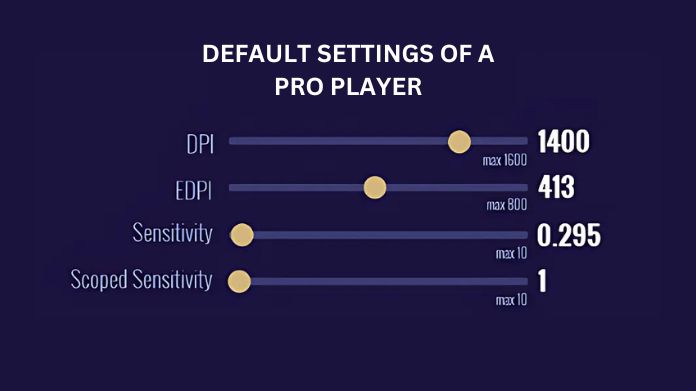 If you are oblivious, start with the default settings of a pro player:
If you are oblivious, start with the default settings of a pro player:
- DPI: 400-800
- In-game Sensitivity: 0.25 – 0.5
- eDPI: 200 – 400
Try this as your base and alter it according to your convenience.
2. The 180-Degree Test
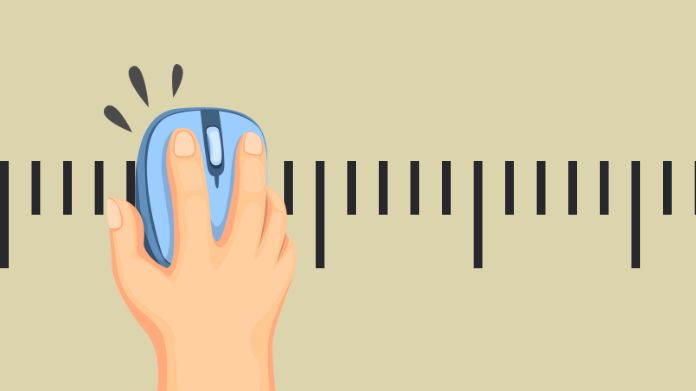 Another awesome method to decide on your optimum sensitivity is the 180-degree test. This is how it is done:
Another awesome method to decide on your optimum sensitivity is the 180-degree test. This is how it is done:
- Put your mouse in one corner of your mouse pad.
- Move it across the other side with one smooth movement.
- Your character in-game must turn 180 degrees.
If you are undershooting or overshooting, then adjust your sensitivity towards the issue. This method makes sure that you have not been too strict on yourself for an accuracy target but also not compromised on speed for your flick shots.
3. ‘Small Adjustments’ Technique
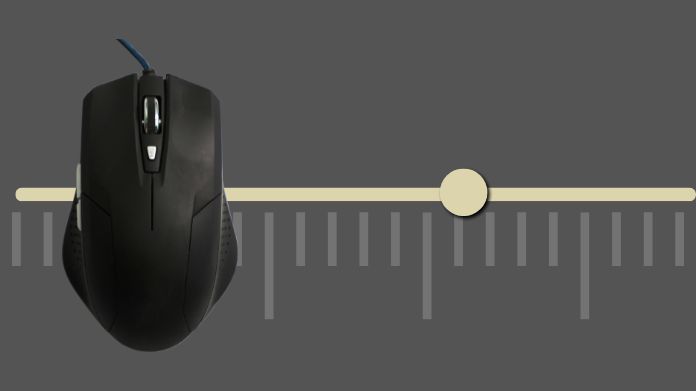 Adjust little by little instead of trying to make enormous jumps by fine-tuning your sensitivity in infinitely tiny increments (i.e., 0.02 at a time). With this method, you can make minor adjustments and avoid destroying muscle memory.
Adjust little by little instead of trying to make enormous jumps by fine-tuning your sensitivity in infinitely tiny increments (i.e., 0.02 at a time). With this method, you can make minor adjustments and avoid destroying muscle memory.
The Low vs. High Sensitivity Debate
Low Sensitivity: The Precise Advantage
| Pros | Cons |
| Increase accuracy with snip shots | Increases body movement |
| Smoothing movement of crosshairs | Tends to be difficult for users with low-sized mousepads |
| Making recoil handling a breeze |
High Sensitivity: Speedier Reflexes
| Pros | Cons |
| Better reaction time and flick shots | More difficult to hold accurate crosshair placement |
| Less mouse movement dependency | This may lead to unstable aiming |
Most professional Valorant players play on low to medium sensitivity in an attempt to be more accurate and have better control.
Common Mistakes to Avoid
- Constantly Changing Sensitivity: Normal changes will never provide muscle memory. Set one sensitivity and stick with it for a few weeks before making a change.
- Grip Position and Posture Neglecting: Grip type (palmar, claw, or finger) will influence the ability to use sensitivity. Make sure posture, wrist alignment, and mouse hold are natural and relaxed.
- Using Acceleration and Smoothing: Disable any mouse acceleration or smoothing in your mouse settings, as they could result in inconsistent movement and behaviour.
Advanced Valorant Aim Training Techniques
- Kovaak’s and Aim Lab: You may utilize third-party aim trainers like Kovaak’s FPS Aim Trainer and Aim Lab to improve accuracy. Utilize tracking practice, micro-movements, and flick shots.
- Deathmatch and Range Drills: Deathmatch: Train Valorant deathmatch mode to mimic in-game aiming scenarios.
- Shooting Range: Practice flick shot training, tracking, and burst fire at varying levels of skill.
- Crosshair Position and Flicking Training: Put your crosshair at head height to minimize extra movement. Use the range flicking training drills for muscle memory building.
The Role of Equipment in Improving Aim
- The Right Mouse: Lightweight mice (less than 80g) provide better control with precise aiming. Wireless mice reduce drag with more gliding smoothness.
- The Role of Mousepads: A big mousepad provides big motion, ideal for low sensitivity. A cloth pad provides more control, while a hard pad provides acceleration.
- Monitor Settings: Optimize for 144Hz or higher refresh rate for clear graphics. Set low input lag settings on monitor controls low enough so that motion feels silky smooth.
How Professional Players Calibrate Their Sensitivity?
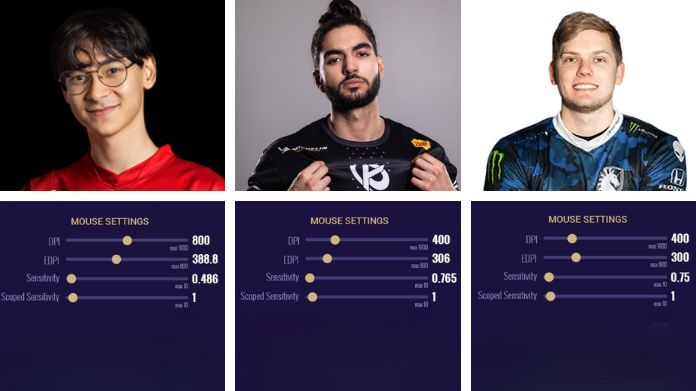 Professional Valorant players all play primarily in low eDPI settings to be able to play with the finest control.
Professional Valorant players all play primarily in low eDPI settings to be able to play with the finest control.
A few of these are:
- TenZ: DPI 800, Sens 0.4 (eDPI 320)
- Nitro: DPI 400, Sens 0.75 (eDPI 300)
- ScreaM: DPI 400, Sens 0.485 (eDPI 194)
Drawing from the professional realm, you can identify a starting point that best suits you.
Final Words: Mastering Your Valorant Aim
To improve your aim in Valorant, begin with appropriate mouse sensitivity. Set it up once and keep it forever, practice daily, and build muscle memory over time.
The correct balance of low sensitivity, good training, and good hardware will improve your aim and make it more precise. Head out there and be a boss on the battlefield!



